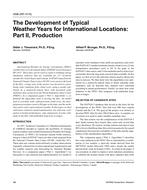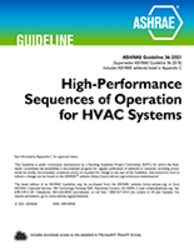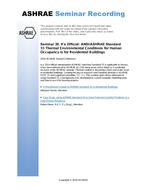The purpose of the current study is to compare experimental thermal comfort results with those predicted by the Fanger model. In making this comparison, the uncertainty of the data will be considered along with the uncertainty of the Fanger model predictions based on the uncertainty of the model input parameters. A primary outcome of the study will be a better understanding of the uncertainty associated with thermal comfort predictions. A qualitative comparison illustrates that the Fanger model can predict the experimental results for many of the cases. Based on the detailed uncertainty analysis, activity level and clothing insulation are the two main variables that affect the uncertainty of the PMV, the predicted mean vote. With the uncertainties considered, the comparisons of the experimental results with the predictions of the Fanger model are acceptable for the 1-met activity level. At the higher met level (2.3 met), the uncertainty analysis shows that the comparison has good agreement at mid to high relative humidity at 30 fpm. At lower relative humidities and at the higher velocity (50 fpm), the comparison indicates poor agreement.
Units: Dual
Citation: ASHRAE Transactions, vol. 109, pt. 2
Product Details
- Published:
- 2003
- Number of Pages:
- 10
- File Size:
- 1 file , 270 KB
- Product Code(s):
- D-20944


